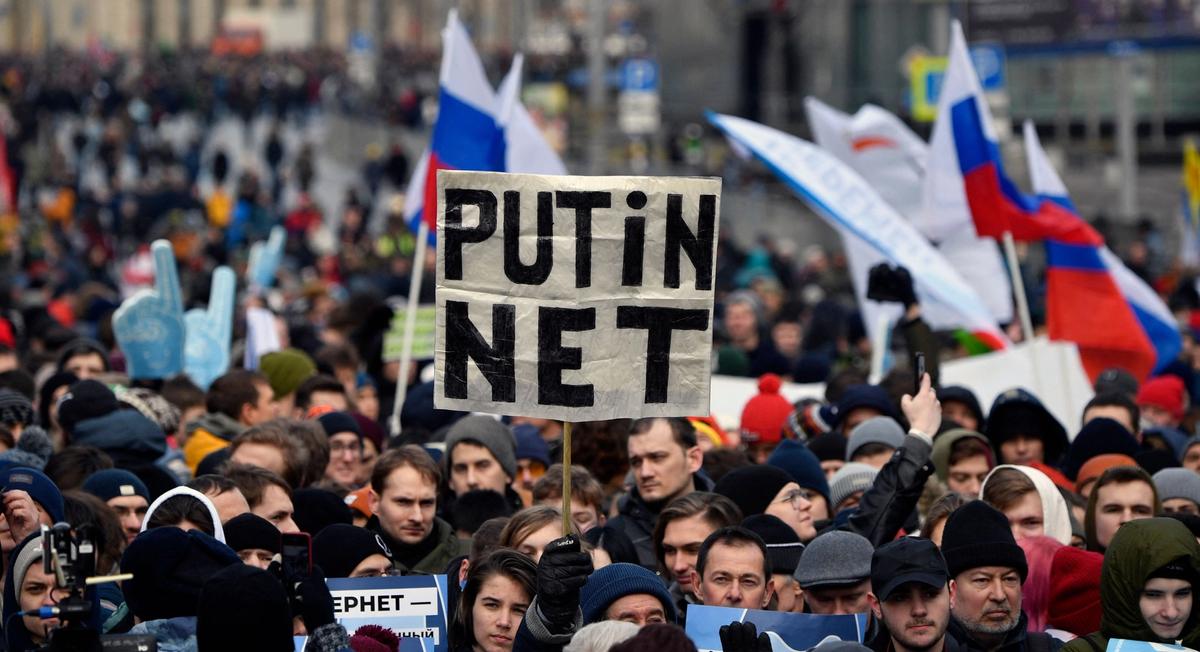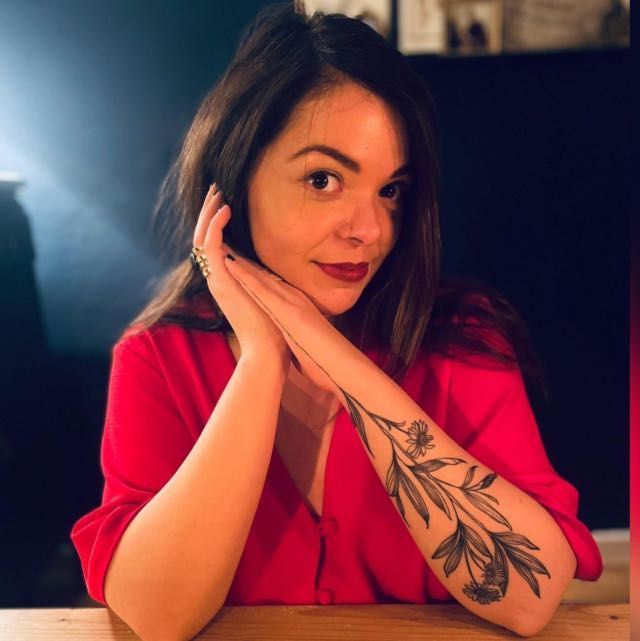Instagram lost around 34% of its users on 14 March. Russia shut down the app, as well as Facebook, after parent company Meta relaxed a policy preventing hate speech in relation to Russia’s war against Ukraine. As one of the most popular apps for creatives, the loss of Instagram will leave thousands further isolated from the international art world.
The Russian prosecutor general’s office filed a court motion on 11 March to ban Meta’s operations in Russia, branding it an extremist organisation and effectively criminalising the use of its platforms. Just days later, Russians logged on to Instagram to find only grey grids where once a creative community lived. According to the market data firm Statista, as of February, around 64 million people (mostly under the age of 35) used the app in Russia—around 40% of the country’s population.

The Instagram grid is now all-grey for Russians trying to log on
Some major Instagram “influencers”, with followings of millions, sobbed goodbye messages to fans ahead of the blackout. For many, the platform is both a way of life and a major revenue stream, and this is probably the case for many artists in Russia, too. Alexandra Mitroshina, a Russian blogger who often gives advice on how to make money on Instagram, said in her farewell message that half of Russia’s small- and medium-sized businesses are linked to Instagram and WhatsApp (also a Meta-owned company whose fate in Russia hangs in the balance). This will likely have an impact on the arts industry, which is so closely tied to Instagram for sales and networking.
Russia’s most popular museums posted images and videos before the shutdown to point their followers towards alternative social media sites. “Subscribe to our new Telegram channel, that’s where we will continue our publications!” reads the caption of the State Hermitage Museum’s final Instagram Live. It is the country’s most popular museum on the platform, with more than 756,000 followers. The first two Instagram Story highlights on its account now link to Telegram (an encrypted messaging app, much like WhatsApp) and TikTok. “We are in touch,” writes the Pushkin State Museum of Fine Arts on its last post, also directing people to Telegram and the platforms VKontakte (VK) and Odnoklassniki. “It’s not yet clear how the social media shift will affect museums in practical terms,” says Sophia Kishkovsky, a correspondent for The Art Newspaper. “In general, Telegram is described as clunky for visuals, and VK is easily censored.”
Some may try to evade the ban. Internet searches for VPN services—a “virtual private network” that protects identity and location—have almost doubled in Russia over the past week, according to Top10VPN. But VPNs won’t be an option for state museums. And it’s dangerous for individuals, too—Kishkovsky warns that there have been reports of police stopping people during anti-war demonstrations and checking their phones for forbidden apps and devices.



